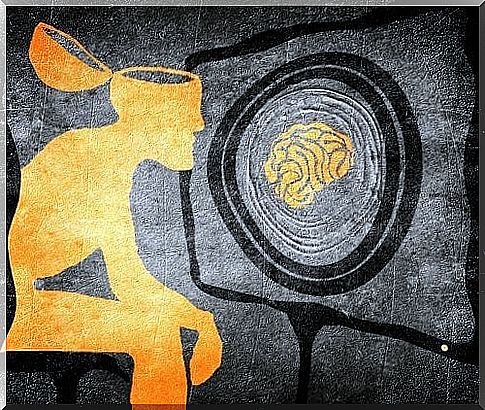Sylvain Timsit’s 10 Media Manipulation Strategies

Historically, the media has proven to be a very effective way of shaping public opinion. Thanks to them, social movements were created or destroyed, financial crises were hidden and ideological currents were stimulated. Therefore, different studies and theories emerged, such as Sylvain Timsit’s media manipulation strategies.
This idea is often attributed to Noam Chomsky, albeit wrongly. The French writer’s intention was to highlight the psychosocial tools that allow the audience to distract themselves from what is really important. In this way, the real problems suffered by the population are obscured by the manipulation of public opinion with the help of the media, leaving society more submissive and less critical.
Sylvain Timsit’s Media Manipulation Strategies
1. The distraction strategy
The first of Sylvain Timsit’s media manipulation strategies is distraction, as it is the primary element of control over society. The distraction consists of diverting the public’s attention from important issues.
By inundating with continual distractions and information on trivial matters, the public will not be interested in the essential issues of politics, culture, economics or social problems. It’s about keeping the focus away from real social problems, drawing people to unimportant issues. You have to keep the audience busy with banalities, with no time or space to think.

2. Create problems and offer solutions
This method consists of creating a problem to cause a certain reaction in the public, and making them readily accept or even ask for the necessary measures to solve the problem that the public authorities wanted to implement from the beginning.
For example, creating an economic crisis so that the public accepts as a “necessary evil” the regression of labor rights and the precariousness of public services. Another example is letting urban violence develop or intensify so that the public demands repressive policies.
3. The strategy of gradualness
It is about gaining acceptance of an unacceptable measure by applying it gradually, slowly, even over years. For some, this is the way in which radically new socioeconomic conditions, such as neoliberalism, were imposed during the 1980s and 1990s, making privatizations and increasing precariousness.
4. The strategy to defer
Another way to accept an unpopular decision is to present it as “painful but necessary,” gaining public acceptance now with a promise to enforce it in the future. It is easier to accept a future sacrifice than an immediate sacrifice, because the effort should not be made immediately. This gives the masses more time to get used to the idea of change and accept it with resignation when the time comes.
5. Speak from a superior intellectual position
Most publicity-directed advertising is done using somewhat childish speech, arguments, characters and intonations, as if the viewer is not mature or does not have the ability to understand certain ideas. That way, when it comes to deceiving the audience, they can respond in an even more childlike way.

6. Appeal to the emotional aspect instead of reflection
Using people’s more emotional side is a classic technique to impede rational analysis of a situation, as well as their critical sense. On the other hand, the use of an emotional register calls for instinctive behavior, based mostly on desires or fears.
7. Keeping the public in ignorance
Another of Sylvain Timsit’s media manipulation strategies is to make the public unable to understand the technologies and methods used to control them. This applies to education cuts, teacher cuts, scholarships, specialized teachers, careers impossible for a large part of the population, etc.
8. Make the public complacent with mediocrity
Promote the belief that it is correct and modern to be a vulgar, uneducated, unintellectual or correct person, as seen in a large number of television programs.
9. Reinforce the feeling of guilt
To make the individual believe that he is to blame for his own misfortune due, above all, to his lack of intelligence, his lack of skills or effort. So, instead of rebelling against the system, the individual blames and devalues himself.

10. Knowing individuals better than themselves
The last of Sylvain Timsit’s media manipulation strategies is based on the development of a system that allows the power to know more about the individual than himself, thanks to techniques such as biology, neuroscience or psychology. This will allow for great control over the masses.
Knowing these strategies will not prevent certain interests from continuing to use them to your advantage. However, it will allow us (as individuals within a very large group: society) to decide to what extent we will allow them to influence us or how we will react when we detect them.









